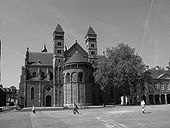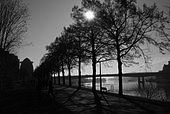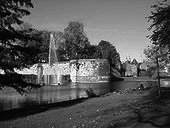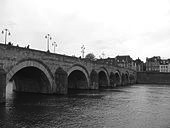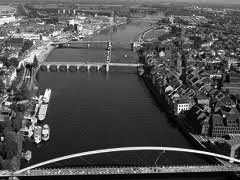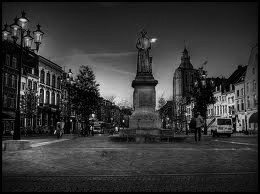History
Maastricht developed from a Roman settlement (Trajectum ad Mosam) to a medieval river trade and religious centre. In the 16th century it became a garrison town and in the 19th century an early industrial centre. Today, the city is a thriving cultural and regional hub. It became well known through the Maastricht Treaty and as the birthplace of the Euro. Maastricht has 1,677 national heritage buildings (rijksmonumenten), the second highest number in the Netherlands, after Amsterdam. The city is visited by tourists for shopping and recreation, and has a large international student population.
Maastricht
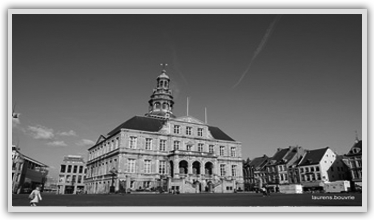
Welcome to Maastricht, one of the oldest cities in the Netherlands – a city that has ripened well with age, like good wine, with complex and lively cultural overtones added over centuries by the Romans, Germans and French. This rich cultural palette is the secret behind the city’s attractiveness, drawing visitors to the historic city centre and a wealth of museums and festivals – making each visit a fascinating new experience.
The centre of Maastricht is compact and easy to explore on foot. Large areas are pedestrians- only and most sites are within walking distance. The old St. Servaas bridge links the old centre with the trendy Wyck district, and from the adjacent Céramique district you can cross back over the river via the designer suspension bridge, the ‘Hoeg Brögk’, and cut through the park back to the centre. With an amazing variety of sights, sounds and flavours spread along a compact network of attractive streets on both sides of the river, you’ll never feel lost but very much at home.
